Jobs in the foodservice industry come in all shapes and sizes. Aspiring chefs no longer need to fit into the stereotypes of the past. And the diversity of opportunities continues to grow. Today, we venture outside of the typical restaurant kitchen to tell you a story about a very special place: The Ronald McDonald House.
The Ronald McDonald House of Central Ohio is located across the street from Nationwide Children’s Hospital in Columbus, Ohio. It has the distinction of being the largest Ronald McDonald House in the world. The mission of the House is to provide a home-away-from-home for families that have seriously ill children who are being treated at the hospital. By providing a safe space to stay, the Ronald McDonald House is able to provide a little bit of stability and comfort during some of the most challenging times in a family’s life.

The House is something that really needs to be seen and experienced to be truly understood. On the surface, it’s like a nice hotel. There are guest rooms and common areas. But it’s much more than that. The House has tried to recognize and respond to the different needs of the people who stay at the house, many of whom are children. So in addition to the free laundry rooms and the business center, it also has a LEGO room, a princess room filled with dress up gowns, a full library, a music room with various instruments, a movie theater room, and an amazing stairwell that has been turned into an imaginative play place donated by a combination of the National Hockey League and the Columbus Blue Jackets Foundations.
Speaking of sports, nearly every sports team in Columbus has significantly donated to the house. There are themed rooms and areas from both the Ohio State University Buckeyes football and basketball teams, the aforementioned Blue Jackets are represented in several areas, the Columbus Clippers, the and Columbus Crew all have donated wonderful spaces for families.
[Ed. Note: The Wasserstrom Company worked with Cameron Mitchell Restaurants to design, build, and donate the professional kitchen at the Ronald McDonald House and several Wasserstrom associates are regular volunteers at the house.]
An important part of creating a home-like atmosphere revolves around meals and mealtimes. In the past, the House has relied entirely on donations of food and time from volunteers to cook and serve meals for guests of the House. However, last year, they created a new program called “Team Cuisine” and hired a professional chef to oversee the program. That chef is Blair Arms and we spent some time chatting about what it’s like to feed an army twice a day.
The Ronald McDonald House has 137 guest rooms and is often filled to capacity on any given night. Meals are planned to feed 150 people typically. That’s a lot of mouths to feed.
We met with Chef Blair at the house as she prepared a lunch meal in advance of having a volunteer meal group come in to help cook and serve.

How did you get started in the industry?
Fun fact: I’m actually classically trained in baking and pastry. That’s what my associate’s degree is in. I went to culinary school at Sullivan University in Louisville, KY. When I moved back to Columbus, I got a job at Ohio Wesleyan University as a baker. I did that for about two years and then Ohio State [University] came up with a new position – originally it was a line cook, then an assistant chef, and then I became their pastry chef.
It started as a part of their catering department and some of the cafes around campus and from there we grew. We moved locations and expanded into essentially a large production kitchen where we did most of the baking for the entire university. We also did the grab-and-go items for the cafes like salads and sandwiches; we did box lunches; we ran four food trucks; and we also did mass production: Marinara, Alfredo, sauces, salsas.
I was the pastry chef for about three and a half years. And for the last year and a half I ended up running the entire production kitchen.
Sounds like you were feeding an Ohio State army.
Yeah, so our weekly numbers in the bakery – we were putting out 29,000 items. And about 27,000 grab-and-go items – but that was not including the catering we were doing. We also had our food truck on a cycle menu.
We had four different menus and they would vary every day. It would cycle through the four throughout the week. Opening week – or “opening months” – because from August to about October, you’re not allowed to request time off because all the students come back and are eating. And we were really busy, naturally.
We would make all the products, mass production, the day before, and then the next morning we would ship it off and all the students would get their food.
So how did you get involved with the Ronald McDonald House?
I was coaching Volleyball while I was at Ohio State. It’s a Catholic high school, so we try to teach our girls to be selfless. And it was one of the things where I was reflecting, “I’m not really practicing what I’m preaching.” So how can I be selfless?
My dad mentioned The Ronald McDonald House because somebody he worked with was very involved with the organization. So I signed up and became a volunteer.
I’m the type of person where I want to know how to do everything. Since there are three different ways you can be a steady volunteer at the Ronald McDonald House – I got trained on all three. I ended up doing tours and training people.
While volunteering, I got to know the coordinators and the staff that worked at the House. They knew that I was a chef, so there was one time where there were extra bananas and they asked if I could make banana bread. “Sure, of course! Why not!” And then from there eventually it became, “Hey we’re creating a chef’s position – would you be interested in applying?”

How do volunteer meal groups work?
In the past – groups would sign up online to make a meal for the House.
They created the menu, they bought their food, and they would come in and cook it. And as amazing as that is – because we love our volunteers and people who want to give back to the Ronald McDonald House – there were too many different factors at play. We would run out of food or we would have too much. And from a nutritional standpoint, it was about what’s the healthiest for our diners.
Today – you go online and you request to do a Team Cuisine.
I’m the type of person where I want to know how to do everything. Since there are three different ways you can be a steady volunteer at the Ronald McDonald House – I got trained on all three.
With Team Cuisines, I spend time planning my menu. I’ll use any food that is donated or food that we have left in our pantry. I’m a big proponent of using that stuff first and not having anything go to waste. The goal is zero waste.
Walk us though how a Team Cuisine meal prep goes.
On the day of a meal, I like to get the proteins up and running before the team gets here. One reason I do that is for sanitation. I want to contain things like chicken – and not get the juices everywhere. And when cooking chicken you’ll want to make sure it reaches 165 degrees or maybe a little over since we’re feeding children.
And then when the team shows up, I guide them through the rest of the meal and the sides and all that.
So the cooking group gets a little cooking lesson from Chef Blair.
They do! Which is really fun. I have multiple goals whenever I’m planning a meal. I want it to be nutritious and fun – but I also want them to learn something. I feel like by nature I’m a teacher and so if somebody can learn something, then I’ve done my job.
One of my favorite things to hear is, “I’m gonna make this when I get home!” I love hearing that. A lot of people are intimidated by cooking something new. “Oh, that looks scary, I’d never do that!” If I can break it down for them, show them that it really is easy to do, then I’ve done my job. As well as hearing from the families that it was delicious and they’ve had a great meal.

You’re cooking for 100 to 150 people often twice a day. How is that different than your training and somebody who’s cooking at a restaurant for customers ordering from a menu?
The great thing about a menu is that if you have an allergy, you can pick and choose what goes in it. Here – you’re trying to conquer all the allergies and food preferences, which can be difficult at times.
For instance, there are many people who can’t eat pork, so I try to figure out if I can incorporate something else and have another option for those people.
I do always try to keep it gluten free because that is a major allergy out there. And I’ve never made anything with nuts in it. If I do incorporate nuts, it’s always on the side as an option.
I have multiple goals whenever I’m planning a meal. I want it to be nutritious and fun – but I also want them to learn something.
Honestly, it can sometimes get a little frustrating. I want to make a Pad Thai or I want to do something with peanuts or peanut oil but I understand from an allergy standpoint – and due to families and children staying here – we have to be careful. Sometimes we are actually feeding the patients who have to stay at the hospital if they can’t stay here.
I would say the other challenge is ensuring there is cleanliness among the group. Like knowing when to wear gloves for ready-to-eat foods. Or the difference between a ready-to-eat food and food that needs to be cooked.
Speaking of training these cooking groups – Most of the time you’re working with a volunteer workforce and you don’t know what kind of skills are going to show up and the kitchen experiences people have had. How do you take a group of potentially novice volunteers and turn them into chefs for the day?
One of the very first things I say to my meal groups is, “Welcome home,” because this is first and foremost a home. I want them to realize that they don’t have to feel pressured. You’re basically making a home-cooked meal but for a larger group.
I do a spiel at the beginning like, “This is how you hold a knife,” and, “This is how you walk with the knife.” I’ll go through sanitation training like, “This is what you’re going to wipe off the counters with.”

There are many people who come to me and say, “I don’t have a cooking bone in my body, just let me clean dishes.” And that I’m completely fine with that. We need dishwashers because it’s not just preparing the meal and serving the meal but we’re also washing just as many dishes. We are the entire back-of-the-house and front-of-the-house.
Some people want to learn new things and new techniques – some people just want to peel cucumbers and dice tomatoes.
The advantage that I have here, as opposed to a fine dining restaurant, is my cuts don’t have to be perfect. Nobody is looking at that. We don’t have to worry about plating either because it’s a buffet line. Don’t get me wrong, I want the food to look beautiful and colorful but we’re not plating every single dish. So that pressure is off – but the pressure to make a great meal and to have these families rave about the Ronald – that’s the goal.
What would you like volunteer groups to know before they hit the door?
Come with their hair up! And come willing to learn. Have good intentions with your cooking; we’re doing a service for the families and that’s why we’re here.
What would you say is the best meal you’ve ever prepared? What’s your favorite?
I don’t think I have a “best meal” – I have different moments.
Because we’re working with donated food, I don’t have access to something like flank steak. So instead, we’ll get by with ground beef. One time I wanted to use it for something other than meatloaf or taco meat, so I made recipe for a knock-off of curry and beef – and at least three families asked me for the recipe that night!
Have good intentions with your cooking; we’re doing a service for the families and that’s why we’re here.
There was a really fresh and simple orzo caprese salad. It’s a great example of putting pasta into the meal but not having it be the main dish because I will not have pasta as the main dish. But I can use orzo as the main side. And it’s was really refreshing and I had a lot of people ask me for that recipe as well.
And I didn’t think this would be a hit, but just parmesan roasted tomatoes – you just slice them up, olive oil, salt, pepper, parmesan, put them in the broiler until the cheese melts, and that’s it. But people went crazy about it.
Any meal groups that stand out in your memory?
We had a family from China, they wanted to make their own meal. And they wanted to make a meal for the house. So prior to that, they were utilizing the family kitchens and they were making their own meal for themselves of their authentic Chinese dishes. So to do that for the entire house, it was amazing. They made the dough from scratch, they made everything and then rolled out the potstickers. They started prepping at 9am. It was a family member’s birthday. Everybody sang happy birthday. It was pretty amazing.

Have you ever had a meal group go completely off the rails?
Never. I like to say that I work quickly on my feet and keep my composure. Also, I’m never going to yell at a person because they’re here to volunteer. This isn’t their profession and I understand that.
So you don’t go full-on “Gordon Ramsay?”
No, I honestly don’t believe in that. Don’t get me wrong, I’ve had that in a work that type of setting and it works for some people. Again, I coach, so I know when you have to be stern and a little bit of a jerk – but in this setting, you shouldn’t be a jerk because people are volunteering their time to be here. And we want this place to be a positive atmosphere since it’s a positive program. So the last thing I want to do is yell at somebody.
In 2014, we had our renovation where Wasserstrom and Cameron Mitchell teamed up and gave us this amazing commercial kitchen.
Once you’re in the kitchen for you long, you get a feel for different things. You know how long it takes for chicken to cook in your ovens. Somebody coming in new wouldn’t know these ovens but I’ve been working with them for about six months now. I know the hot spots. I just can feel when something is done even without a timer.
Speaking of the equipment in the facilities here, tell us about the kitchen you’re working in.
We didn’t have this kitchen when we moved into this building back in 2008. There were just eight little family kitchens like you would have at home.
In 2014, we had our renovation where Wasserstrom and Cameron Mitchell teamed up and gave us this amazing commercial kitchen.
And I think that is another reason why I am here, too, because not a lot of people know how to work in a commercial kitchen. They don’t know how to do a hot line or work on a gas stove or oven. I have a lot of things I have to say to my team before we start, and one of them is, “Please don’t blow out the pilot light! There is a fire and that’s supposed to be there.”
The Ronald McDonald Houses from other parts of the state and country reach out us and other houses that have commercial kitchens like this to find out what they need to know to build a commercial kitchen of their own.
And then of course when I arrived I wanted some other things too like shelving and alphabetizing the spices. Making things easy to find makes improves the flow of the kitchen so much.

Between organizing menus, buying ingredients, prepping meals, and training volunteers – you have your hands in every part of the kitchen. Is the work exhausting at all for you?
This is my dream job. You hear a lot in the restaurant industry of 14- and 18-hour days. I’ve worked those before and they are very exhausting on your body and your mind. What’s so great here is that my boss is very protective of my hours. Now if I want to work a 12-hour day, she’s fine with that, but she’ll then say, “Better believe you’re gonna only work a half day next time!”
When I plan out my menus, I take a look at my entire week and plan accordingly. If I do have meals back-to-back – let’s say I have a lunch/dinner shift today, and a breakfast/lunch shift tomorrow – I would shop those four meals together. I like to plan things like that so I don’t feel rushed. We have shelves in our walk-in refrigerator and freezers that I can organize and easily pull ingredients for each meal.
I want to eventually get a rotation going but it is difficult when working with donated food.
So besides the big commercial kitchen here, talk about the other choices that guests at the house have for preparing their own food and also the baking groups.
We understand that many families won’t necessarily have every meal that is prepared here. They want some of their own stuff to cook, especially if they’ve been here a long time. So we provide a shuttle to the grocery twice a week for them. We also have refrigerator for them to use and pantry with their own cubbies. They can use our “Family Kitchens.” Those kitchens are also for our baking groups.
Tell us more about the baking groups.
It’s that comfort food… not everybody makes desserts on a regular basis. We have that available to our families. And that’s also another way for people to contribute. Some people can’t afford the money to do an entire meal here. Or they don’t have the group. So that’s another way that people can feel like they’re giving back and volunteering. By coming and making their grandma’s cookie recipe. Or it can be as simple as placing baked cookies.
Thanks for taking time out of your busy schedule to speak with us today.
Chef Blair’s day was far from done as she continued to prepare for the meal group that was just minutes away from arrival as we finished our conversation. You truly get a sense of a chef that is in her element as you watch Chef Blair work. Just like she tells her volunteers, she appears to be “at home.”
And the program really seems to be a hit with the guests of the House. Listening to the guests rave about the meal and you can see Blair shyly beam from the positive feedback. It’s one of the small perks of what is a very challenging job.
“It’s one of those things where I love my boss constantly giving me positive feedback. Constantly in my corner,” says Blair. “But to have a family member that has stayed at multiple Ronald McDonald Houses and to say that this was the best one because of the food and the program that we have – that feels great!”


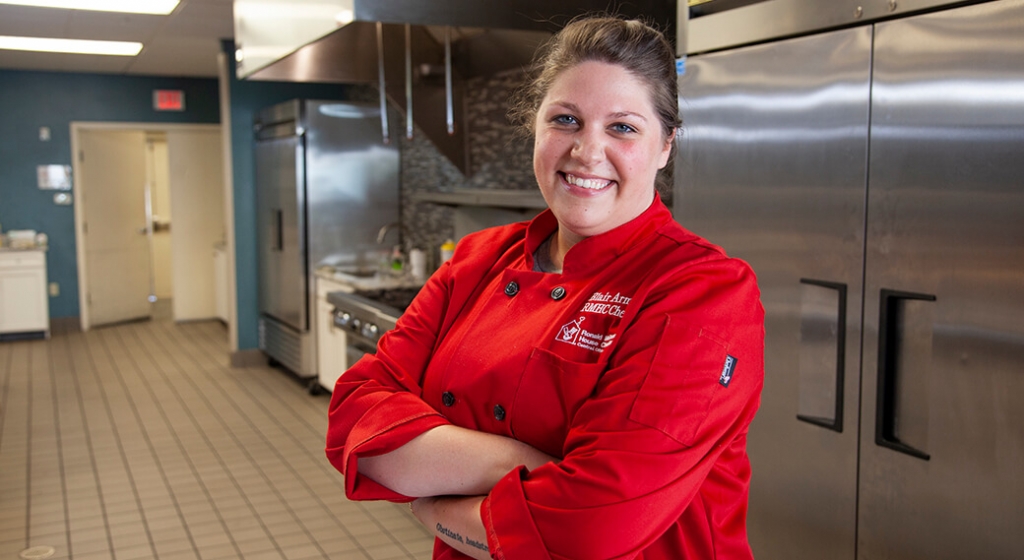

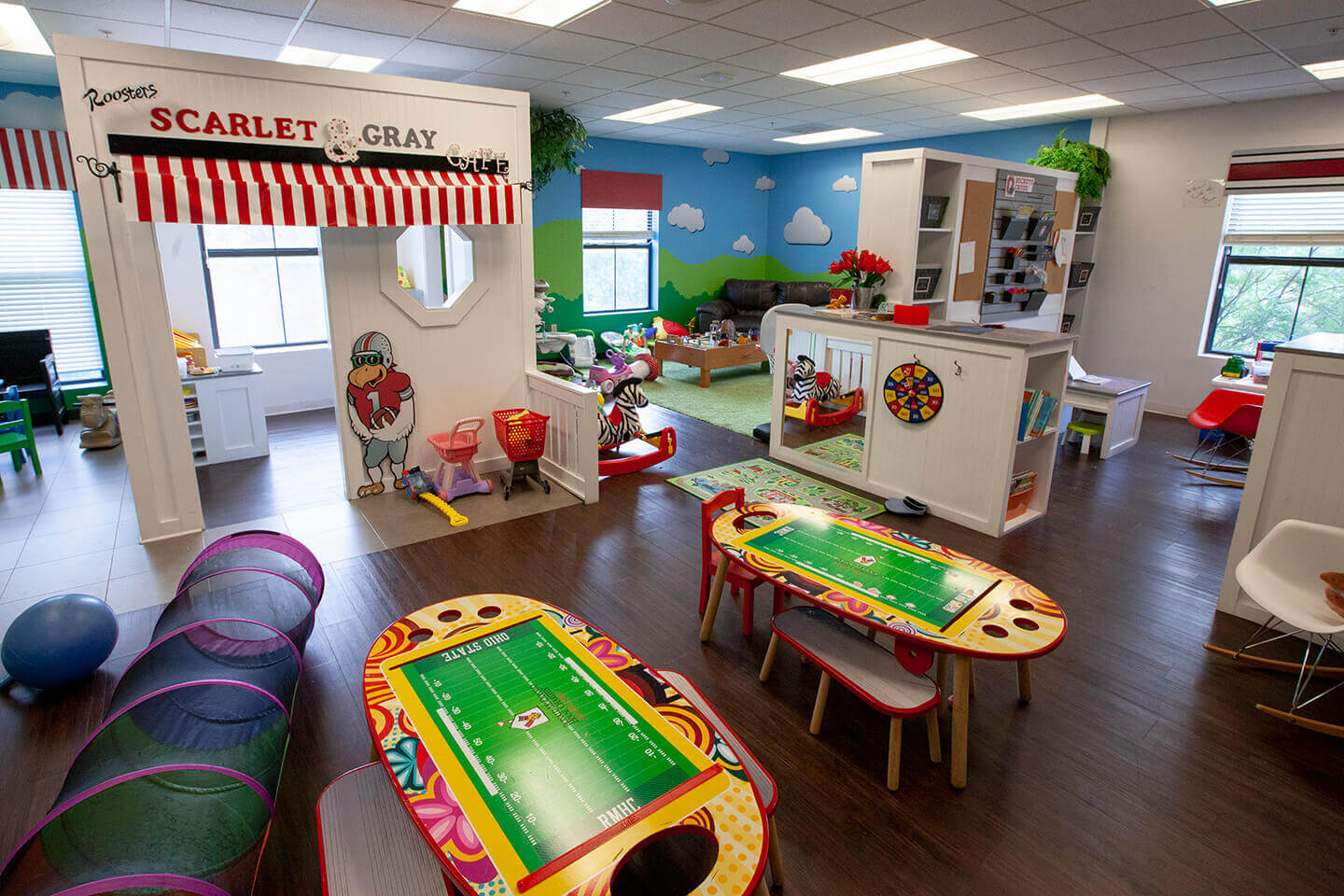
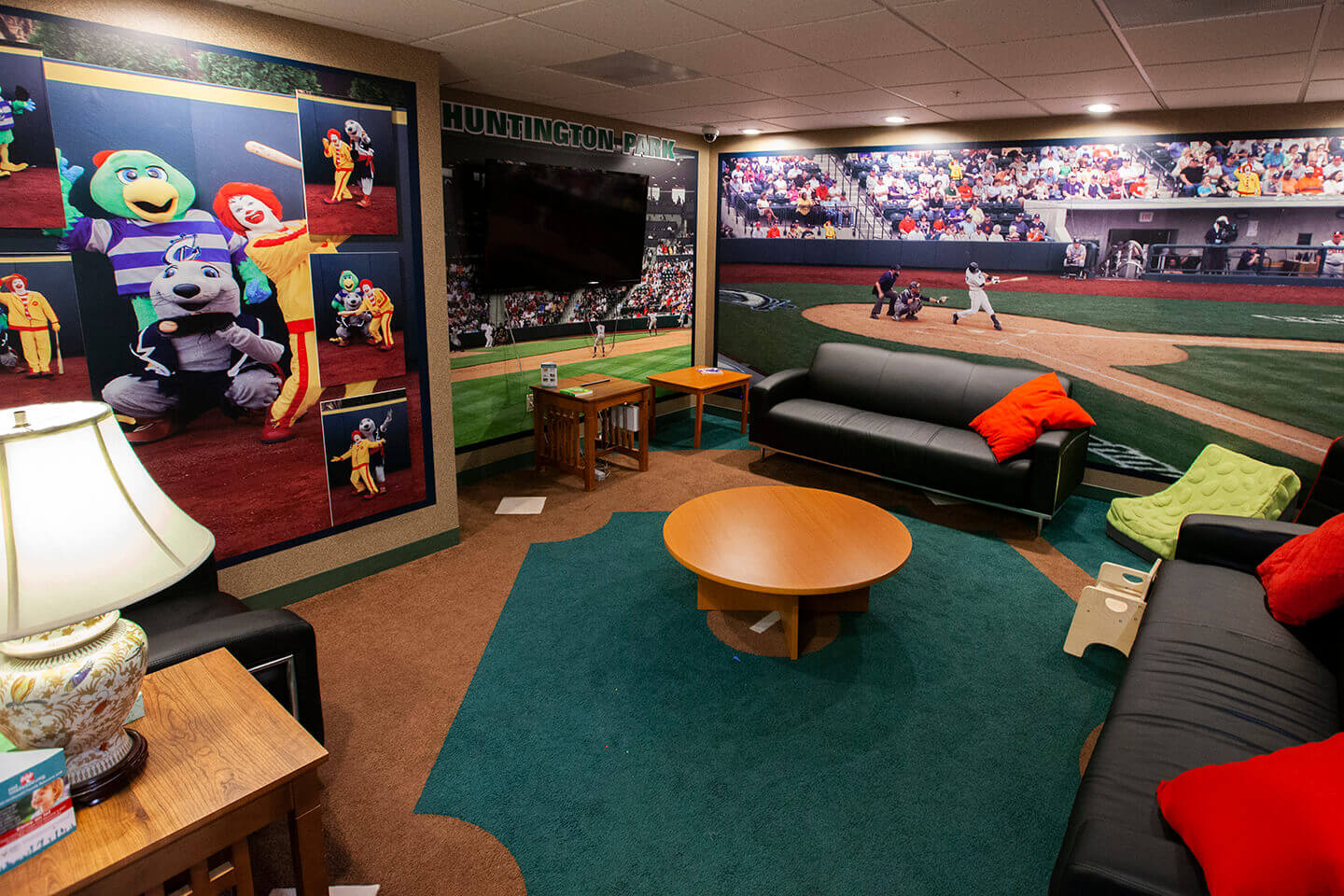

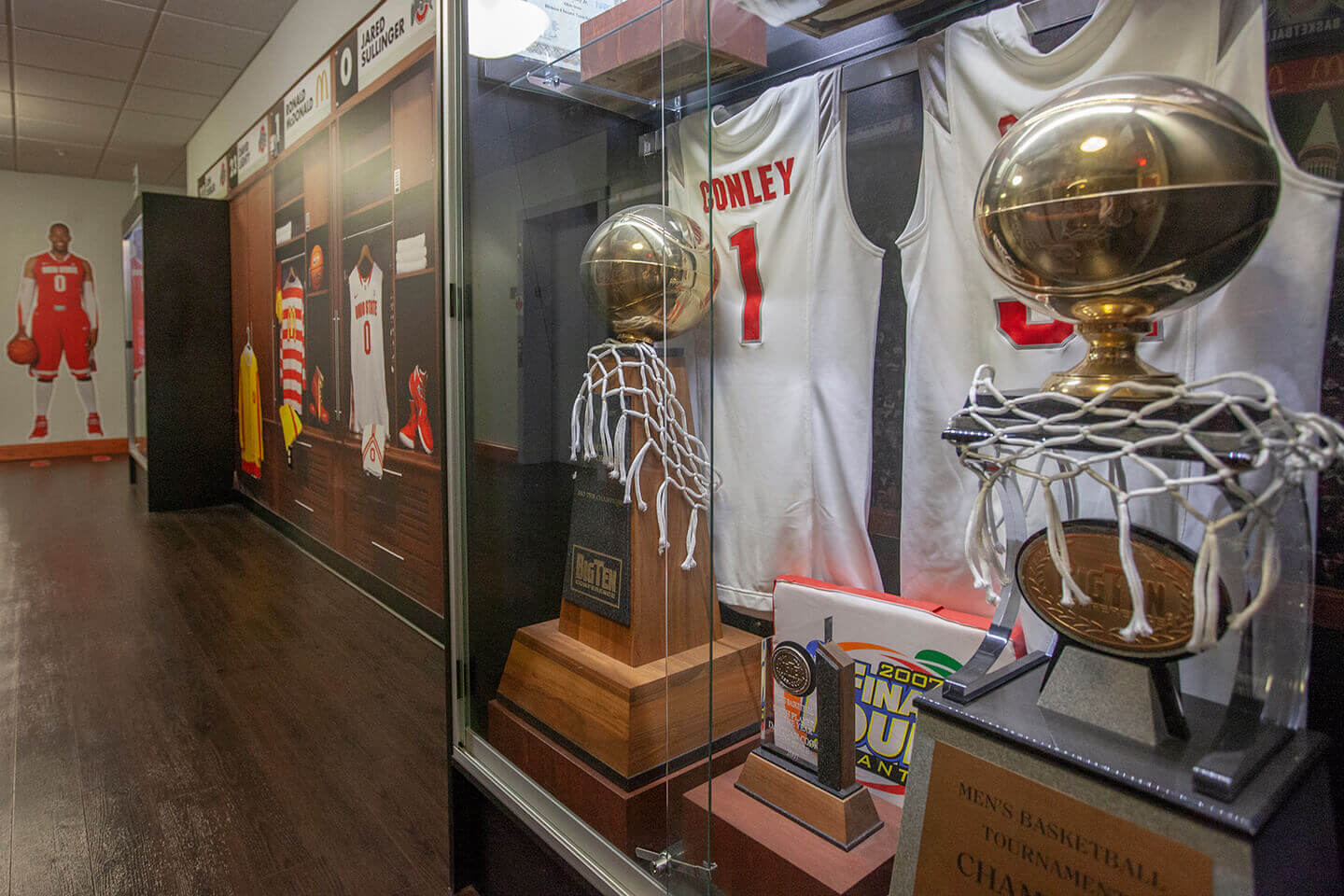
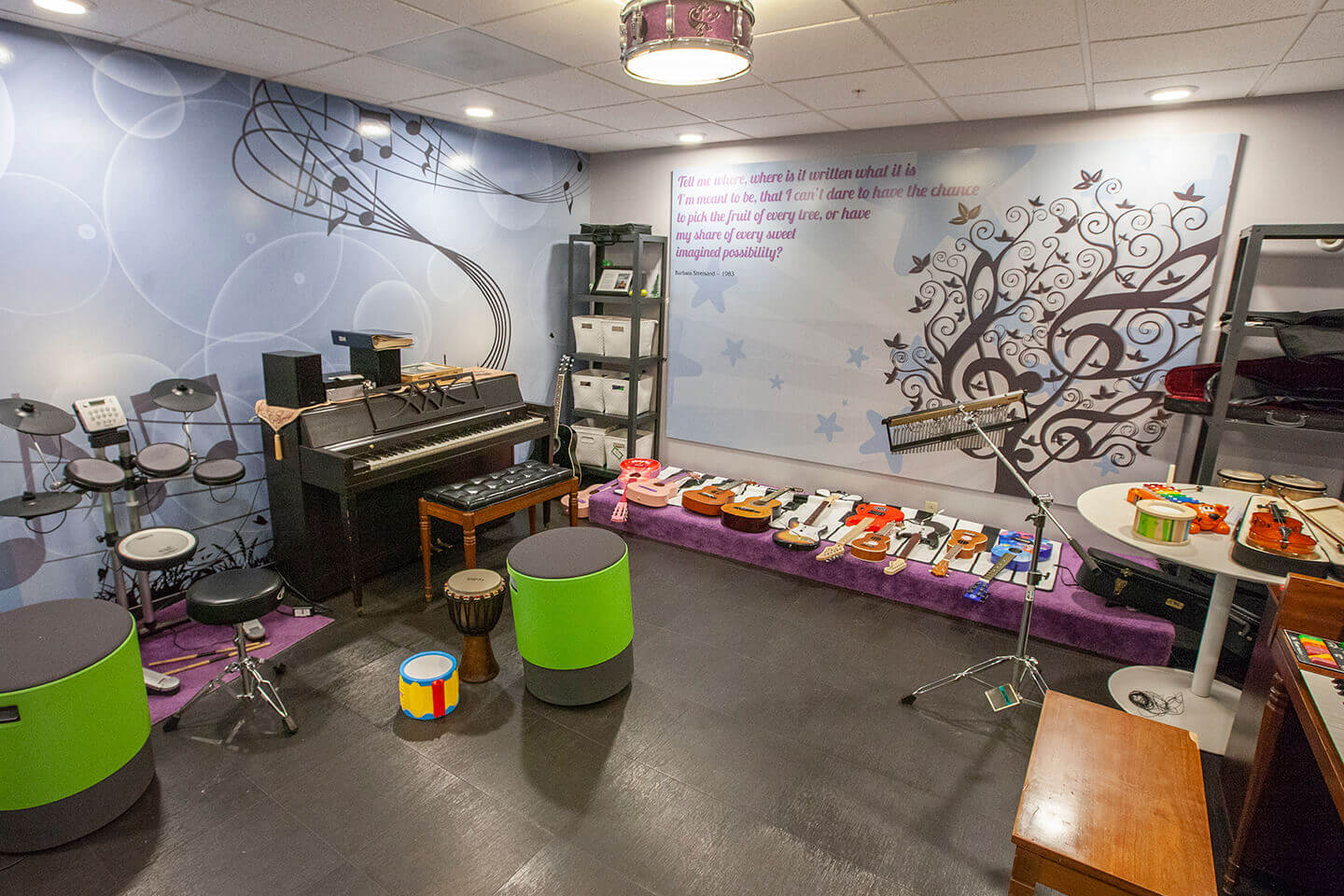
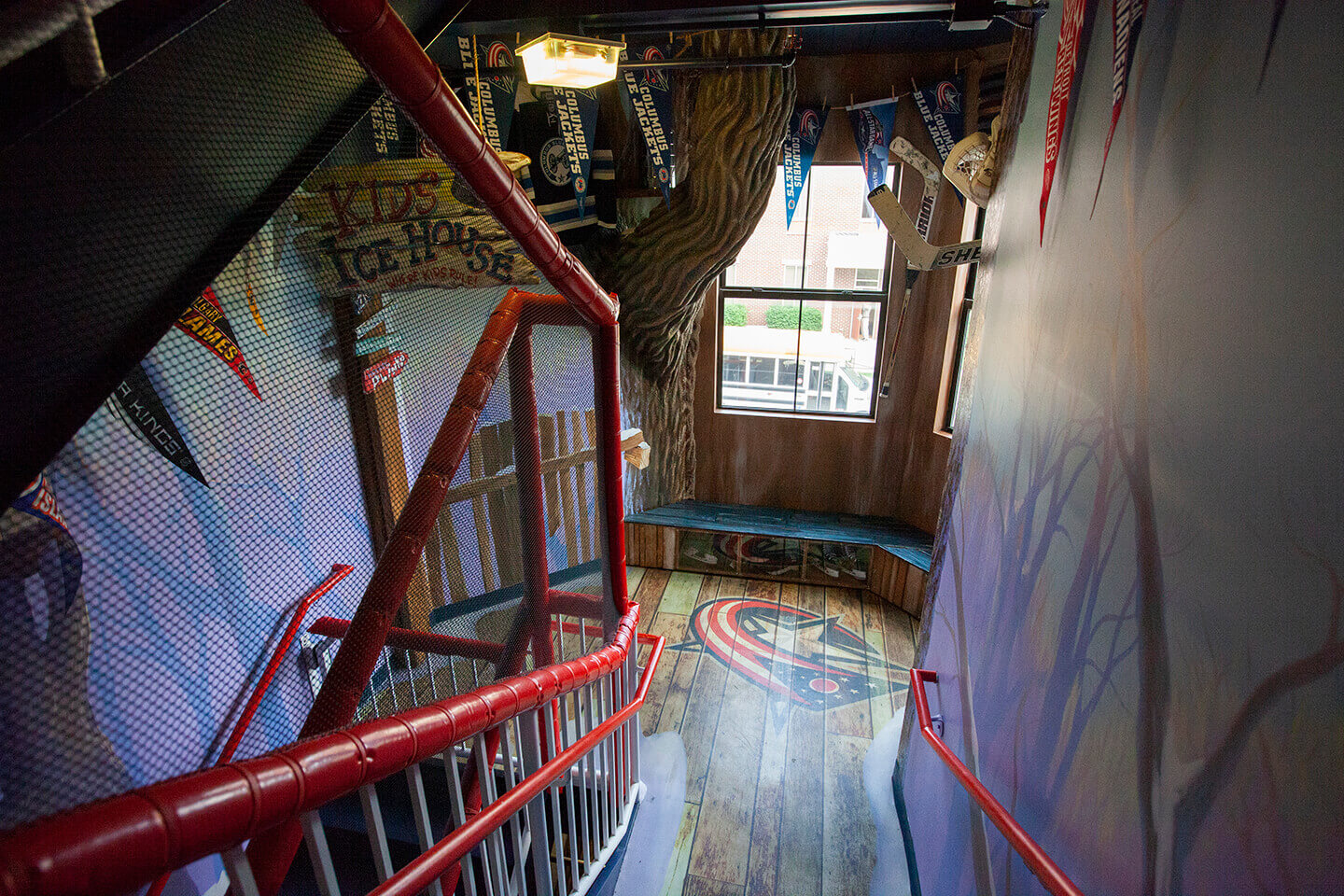
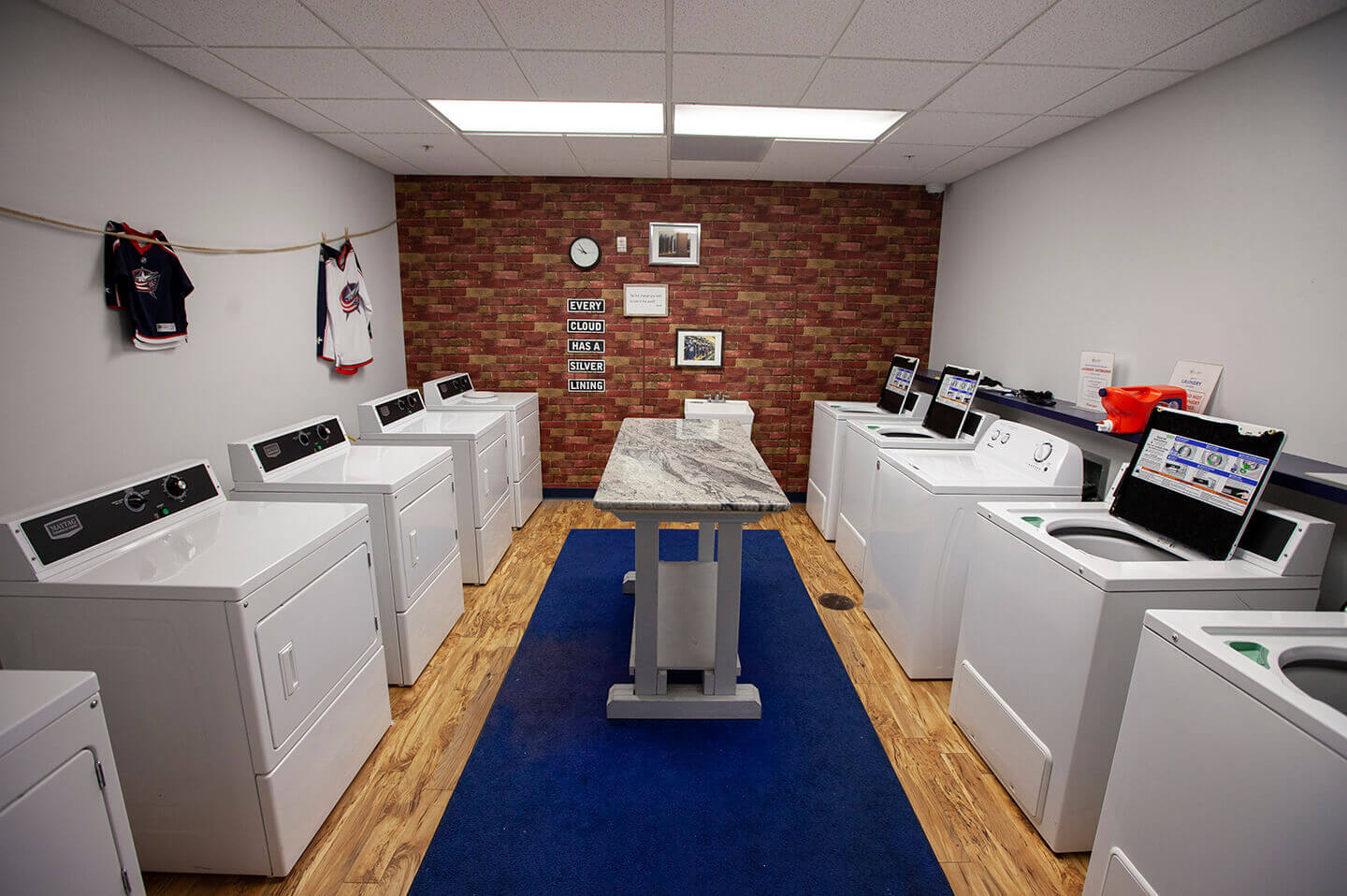

Very very interesting. Learned a lot about meals at Ronald McDonald House. Keep up the great work Blair